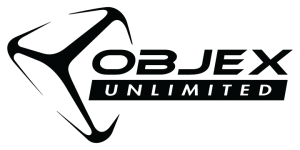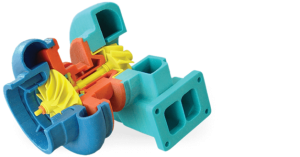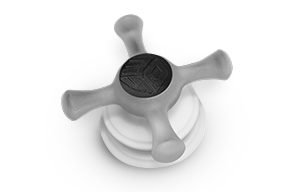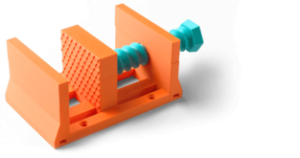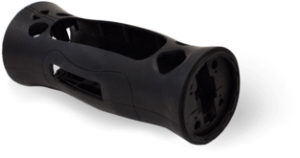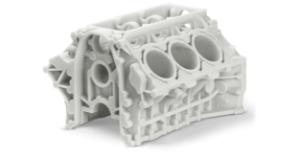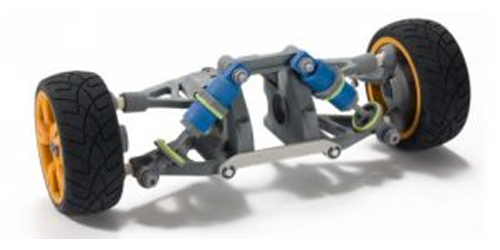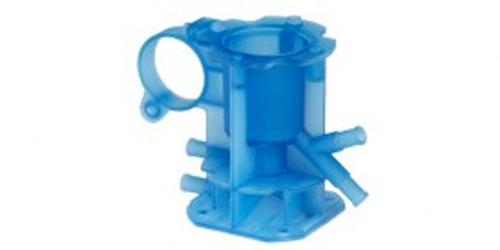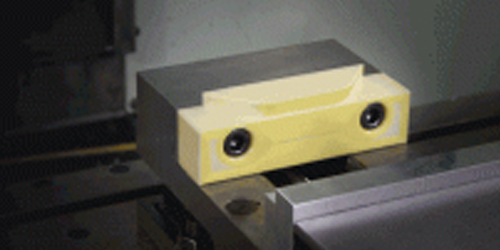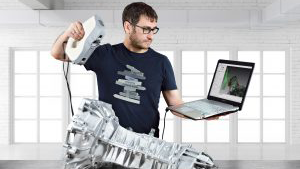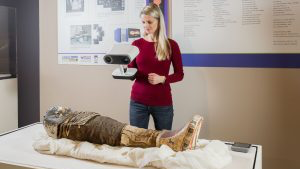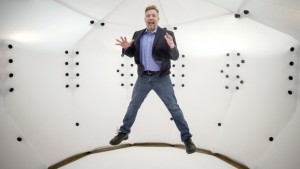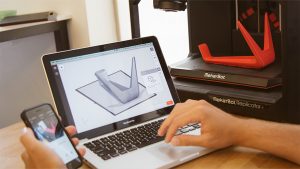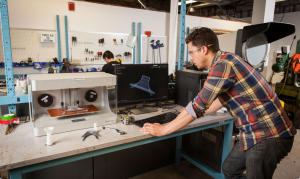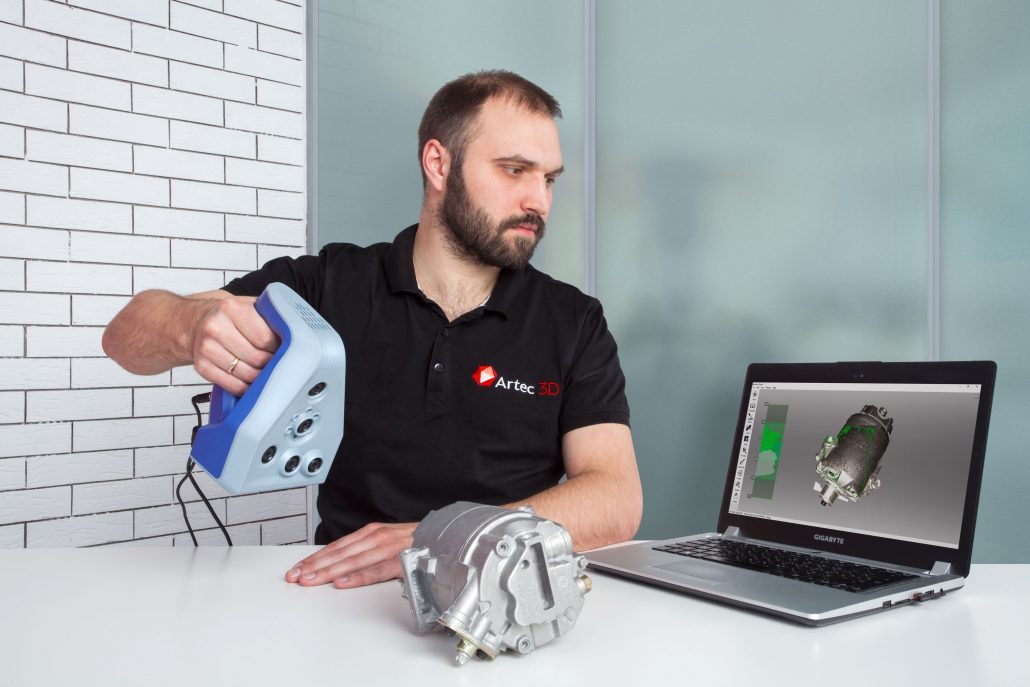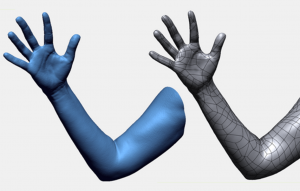Our 3D Printing Processes
ColorJet Printing
Bring ideas to life. Instantly, beautifully.
High-resolution prototypes. Ultra-smooth. Incredibly detailed. Perfect for your most complex ideas.
Multijet Printing
Precision, perfected.
High-resolution prototypes. Ultra-smooth. Incredibly detailed. Perfect for your most complex ideas.
Fused Deposition Modeling
From idea to part. Effortlessly.
From CAD to part—fast. Precise, affordable, and tooling-free for real-world testing and production.
Stereolithography
Precision at every scale.
Unmatched precision. Flawless finish. From millimeters to meters—perfectly detailed, every time.
Selective Laser Sintering
Built to last. Designed to perform. Engineered to innovate.
Complex parts built to last—perfect for snap fits and hinges.
3D Printing Services
Concept Models
Whether you’re giving a presentation, showing off a new concept, or demonstrating a new product, we have the tools you need to build your model and get your message across.
Rapid Prototyping
With the latest printing technologies on-site and a wide range of materials to choose from, you can rest assured your prototypes will arrive on-time, with industry-leading results.
Direct Digital Manufacturing
Many of our customers choose additive as a method of production for their end-use products. Custom tooling, jig & fixtures can all be created using additive manufacturing to give your team a leap forward in your production schedule.
Jigs and Fixtures
Short Run Production
Print By Material
Many of our customers turn to material output and finish requirements when choosing the additive process right for them. Speak with one of our printing experts to see what material options are right for your application.
3D Scanning Services
Handheld 3D Scanning
Capture every detail — instantly. Our Artec 3D scanners reveal the shape of any object in seconds, delivering precise, high-quality data. Fast, intuitive, and designed for objects of all sizes and complexity.

Scan to CAD
Turn your physical products, models jig, molds, fixtures, furniture and more into digital files that can than be used for a variety of applications with micron-level detail. Then import them into your favorite software for further render, analysis, inspection or development.
Heritage | Art | Forensics
For some of the most complex geometries such as art pieces, body scans, and character designs – nurb based software just doesn’t cut it. Digital sculpting and modeling is a vital part of bringing these ideas to life and our team has you covered.
Artist Capture
Clay & Artifact Preservation
Monument Capture & Archiving
Photogrammetry
Our proprietary photogrammetry solutions use multiple cameras to capture the object from different angles along with an algorithm that triangulates common points to analyze depth and create a 3D model. This technology gives our customers the best colour detail and texture outputs for people, animals, moving object that require instantaneous capture such as full body 3d scanning.
3D Design Services
Industrial Design
Are you looking to make your idea matter? With our on staff industrial design team, we are able to assist you through the process of design through prototyping for both simple and some of the most challenging product concepts.
3D CAD Design Services
Product Development
Concept Ideation
Design For Print
Do you have a great idea that you want to make a reality… but aren’t quite sure how? We have excellent clients drop by all the time that require an extra hand when taking their designs or models to the next level.
Direct Digital Design
CAD Design Validation
Print File Prep
Reverse Engineering
Creating 3D Models from scratch can be both time and cost-intensive. Reverse engineering using 3D scanning, you can complete a job in hours that normally takes days or weeks using traditional methods.
3D Modeling
For some of the most complex geometries such as art pieces, body scans, and character designs – nurb based software just doesn’t cut it. Digital sculpting and modeling is a vital part of bringing these ideas to life and our team has you covered.
Digital Sculpting
Texture Reprojection
Scan Retopology
